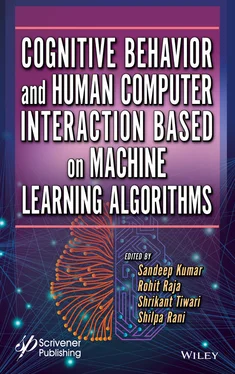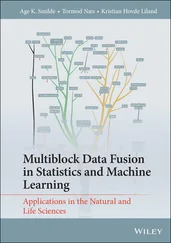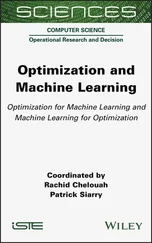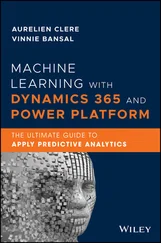The paramedical structure describes the business intelligence user community decision processing system. Data analytics is a process of monitoring, the inception of inspection, cleaning of data like imbalances, identifying skewness, external noise, transforming the data and information through online analytical process and online transaction process, and modeling data to extract useful information through supporting decision-making. Data analysis process has multiple facets and strategic approaches, encompassing diverse techniques under a variety of cubes, names, under a different business, science, and social science domains. Suppose a typical user does not have the expertise or the resources to employ dedicated information technology resources to develop reports, tools, or customization applications. He or she can take the help of software tools, and the visualization of events will help make decisions. In this respect, automatic interactive visualizations are helped on behalf of users.
One aspect of decision processing user interaction device systems is a collection of integrated embodiments of events. Those who respond to a system and collect interactive visualizations methods include receiving a selection of required data through the report processing generation system. Integrated data consists of database storage systems and their active listening interfaces are given between the source senders to the received listener. Those storage databases and respective interfacing devices invoke the necessary methods, automatically generated functional activity then accomplish the user tasks. They are easy to determine an associated visualization for the selected data based on heuristics; it is said that a set of rules is used to determine the associated visualization most appropriately for interacting decision process systems [12].
Decision processing and interacting device systems identify complex data as more accessible, understandable, and usable. These systems are used in the domains like business, organizations, and various endeavors, and massive amounts of data are being collected, processed, and stored. This trend is growing exponentially with the adoption of the internet, intranet, advancing networking technologies, powerful mobile devices, wearable devices, and the like many vast device’s interconnectivity. The world makes it into a Global village and most of the devices are connected in the Internet of Things (IoT) and through Sensor Networks. The applications of the interactive device systems are one of the sets of cognitive-behavioral and neural network-related machine learning, deep learning and type of convolutional networks, and recurrent neural networks that are running an enterprise, such as without limitation, payrolls, inventory, marketing, sales and distribution, vendor management, accounting, supply chain management, and resource planning applications (Figure 1.2) [13].
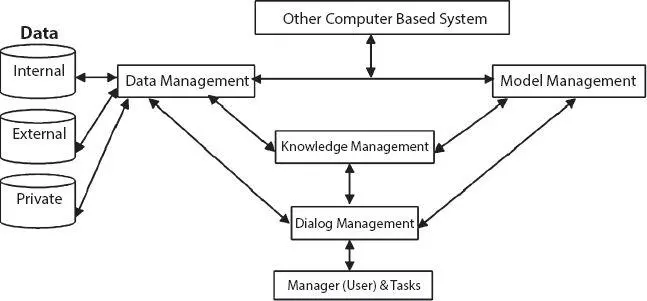
Figure 1.2Decision processing system user interface device management as external customer [13].
1.2.2 Cognitive Modeling Process in the Visualization Decision Processing User Interactive Device System
Cognitive models are useful artifacts used to understand a better way to accomplish a real-world object task in our world. In the context of knowledge representation and automated reasoning. The use of visualization tools is used to create useful patterns in the extraction of knowledge.
The important modeling visualization tools are described below with their functionality and objective role of decision processing interaction role in various devices that are shown in the below diagram (Figure 1.3) [15].
The flow chart description is step by step.
1 Views to mental model, thereby computing sensory input devices to visualize data to discover useful information. Understand and justify.
2 A collection of methods, procedures, algorithms, and learning methods on the data preprocessing, interpretation, visualization, storage, analysis, and transformation as compared to desired outcomes.
3 System (DPUIMS). The following are models Visualize model outputs to understand and communicate the necessary computational models. Finally, the visualization model has been resultant as information.
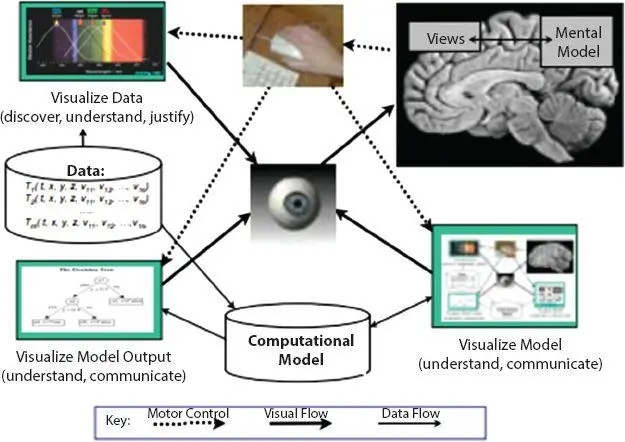
Figure 1.3Cognitive modeling process in the visualization decision processing user interacting device system [15].
1.3 Cognitive Modeling: Decision Support User Interactive Device Systems (DSUIDS)
Cognitive models are used to support user interactive device systems in the form of computer programs, applications, algorithms, events, and sensors or devices or components or controls or tools that simulate human performance based on cognitive skills. They are useful through human-computer interaction to assist users in predicting tasks and finding meaningful and useful patterns. If these models are evolved through emerging design methodologies compared with historical interfaces, excellent and strange results are produced with high interactive graphical visualization tools. This strategic approach is abstracted and encapsulated as a yield of the cognitive model decision supported interface device, analogous to and based on a Cognitive Model Decision Support User Interface Management System (DPUIMS). The following are models and structural representation of interactive management interactive device system. The systems will help exploit the synergy between the branches, and interdisciplinary domain areas have interactions among the users [15].
1.3.1 The Core Artifacts of the Cognitive Modeling of User Interaction
There are various artifacts helped as tools to provide the development of interaction among user interfaces. Some tools can be designed and deployed through a task simulation mechanism in the development of cognitive models. There is no other linkage mechanism that may support and interpret cognitive models to the wide range of interfaces in a large organization’s decision support systems (Table 1.1).
For an initial consideration for an Integration purpose, the following is featured process [16]:
1 Creation of computer user interface tools.
2 Task simulation involvement mechanism in a model eye during run-time is necessary interaction as per the model.
3 Need communication mechanism to be passed with information in the cognitive model and simulation of the task.
1.3.2 Supporting Cognitive Model for Interaction Decision Supportive Mechanism
Cognitive decision supportive mechanism implementation is based on essential elements; they are composed with the cognitive architecture via a cognitive modeling tool, and then communication mechanism combined with the hand and eye is implemented, thereby find the respective HCUI to interact with users. This environment model with task simulation tools effectively runs on heterogeneous and homogeneous environments (operating systems, real-time operating systems, various servers and clients, multiple computers, databases, etc.). It is finally integrated with the user interaction management system interface and computer-based management interaction management systems.
Table 1.1The core artifacts provided at the cognitive modeling of user interaction [16].
| Artifact |
Purpose |
| Cognitive model |
It provides the simulation of the cognitive performance and user’s behavior to perform the task. |
| Task simulation |
It provides the task for the cognitive model. Also, the user interface will be used in the model. |
| Linkage mechanism |
It provides the pathway between the model and simulation to communicate for human perception and action. It simulates human perception and action. |
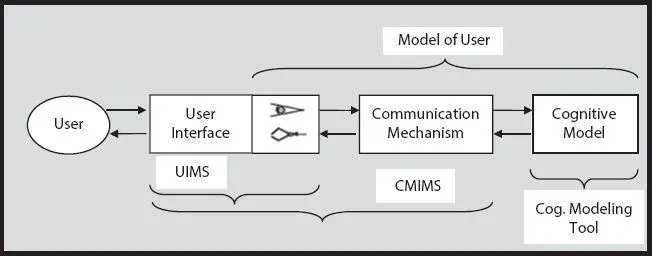
Figure 1.4Supporting cognitive model for the interaction of decision supportive mechanism [16].
Читать дальше
